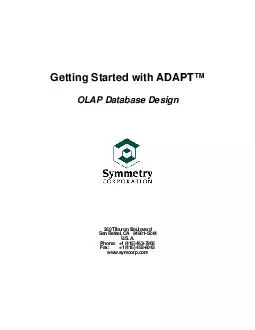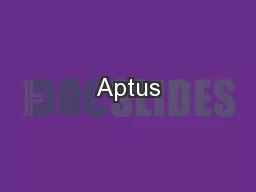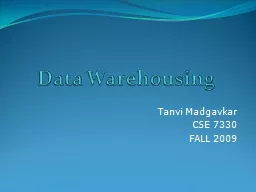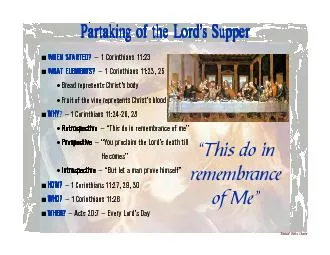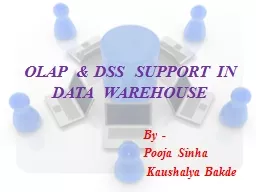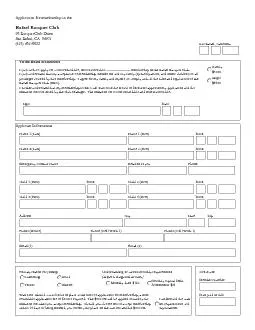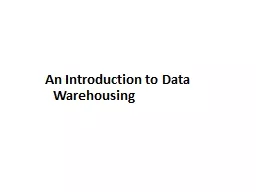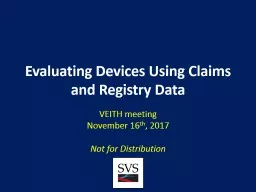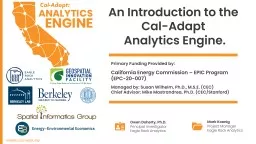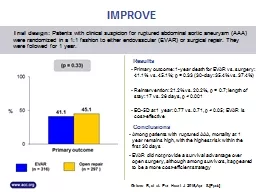PDF-Getting Started with ADAPT OLAP Database Design Ti buron Boul evar San Rafael C
Author : danika-pritchard | Published Date : 2014-10-01
S A Pho 415 4537966 Fax 1 415 4538043 wwwsy corpcom Gettin S art d w th AD T itten by Dan Bulos with Sar h Fors n Copy gh t 1998 20 06 by Dan Bulos All r ghts r
Presentation Embed Code
Download Presentation
Download Presentation The PPT/PDF document "Getting Started with ADAPT OLAP Database..." is the property of its rightful owner. Permission is granted to download and print the materials on this website for personal, non-commercial use only, and to display it on your personal computer provided you do not modify the materials and that you retain all copyright notices contained in the materials. By downloading content from our website, you accept the terms of this agreement.
Getting Started with ADAPT OLAP Database Design Ti buron Boul evar San Rafael C: Transcript
Download Rules Of Document
"Getting Started with ADAPT OLAP Database Design Ti buron Boul evar San Rafael C"The content belongs to its owner. You may download and print it for personal use, without modification, and keep all copyright notices. By downloading, you agree to these terms.
Related Documents

